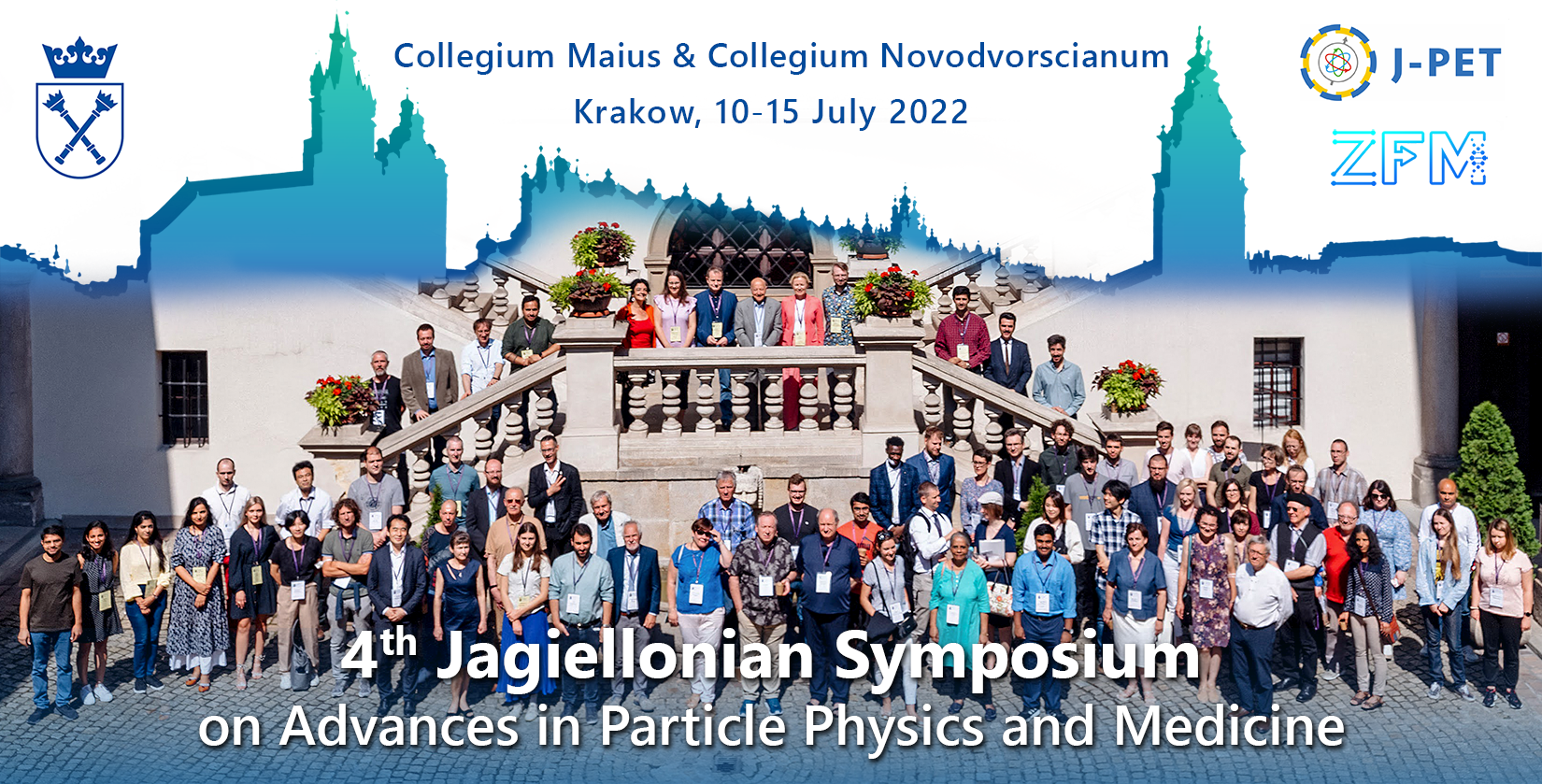Speaker
Description
Author: Monika Szczepanek
Co-authors: Anna Telk, Ewa Stępień
Melanoma is the most aggressive skin cancer, difficult to treat when metastatic. It is also cancer that may become a candidate for Boron Neutron Capture Therapy (BNCT). BNCT is type of radiation therapy that employ the altered metabolism of cancer cells and additionally minimizes side effects. During treatment, the patient is administered a compound containing the non-radioactive isotope of boron (10B), which accumulates in the melanoma cells due to its increased metabolism compared to normal cells [1]. Then, the diseased area of the patient's body is irradiated with a thermal neutron beam. As a result of irradiation, cells with accumulated 10B are destroyed, while neighboring cells, not loaded with 10B stayed undamaged. Selectivity in this therapy is based on the increased metabolism of neoplastic cells, which ensures a higher boron concentration compared to normal cells [2,3]. The principle of efficient BNCT depends on the amount of boron delivered to cancer cells , which must be 3 times higher in compare to normal cells. Therefore, the aim of proposed research is to assess the uptake of the 10B isotope by normal and cancer cells in an 2D in vitro model.
In our research, we used normal skin cells – melanocytes and two melanoma cell lines, delivered from primary tumor (WM115) and metastasis (WM266-4). Cells were incubated with boron carrier (boronophenylalanine, BPA) in concentration 50 µg B/ mL, for 2, 4, 6 and 12 hours. The effective boron carrier ensures a high concentration of 10B atoms in the cells at the level of 20-35 µg10B / g of tumor tissue ( 1.2-2.1x109 10B atoms per cell) [4]. After incubation cells were harvested and 10B isotope concentration was measured using inductively coupled plasma mass spectrometry (ICP-MS).
Both melanoma cell lines reached maximum concentration of 10B after 4h of incubation with BPA, 9,2 µg10B/g and 27, 9 µg10B/g for WM115 and WM266-4, respectively and these concentrations seemed to fluctuate within 12 hours of incubation. In case of melanocytes 10B concentration in cells increased during the incubation time up to reach the highest boron concentration at 33,7 µg10B/g in 12 hour of incubation.
Our results showed different kinetics of boron uptake in different cell types which is in confirms previous studies [5]. These data suggest the need to investigate the mechanism of BPA uptake and metabolism in other melanoma cell lines to eligible BPA for BNCT cancer treatment.
References:
[1] Mishima Y, Honda C, Ichihashi M, Obara H, Hiratsuka J, Fukuda H, et al. Treatment of malignant melanoma by single thermal neutron capture therapy with melanoma-seeking 10B-compound. Lancet. 1989;2:388–389.
[2] Nedunchezhian K, Aswath N, Thiruppathy M, Thirugnanamurthy S. Boron Neutron Capture Therapy - A Literature Review. J Clin Diagn Res.2016;10:ZE01-04.
[3] Silarski M, Dziedzic-Kocurek K, Szczepanek M. Combined BNCT and PET for theranostics. BAMS. 2021;17:293-300.
[4] Verlinden B, Van Hoeckeet K, Aertsal A, Daems N, Dobney A, Janssens K, et al. Quantification of boron in cells for evaluation of drug agents used in boron neutron capture therapy. JAAS. 2021;36:598-606 .
[5] Carpano M, Perona M, Rodriguez C, Nievaset S, Olivera M, Santa Cruz G.A, al. Experimental Studies of Boronophenylalanine (10BPA) Biodistribution for the Individual Application of Boron Neutron Capture Therapy (BNCT) for Malignant Melanoma Treatment Int. J. Radiat. Oncol. Biol. Phys. 2015;93:344-352.
Acknowledgments:
This work was supported by the SciMat Priority Research Area budget under the Strategic Programme Excellence Initiative at the Jagiellonian University through grant No. U1U/P05/NO/03.47.

